Fixing Public Education
Seattle consistently ranks as one of the most educated cities in America, and yet the conditions for receiving an education are worsening, both for K-12 and higher education. Just in the last year, the Seattle School District has openly planned to close nearly two dozen schools. Meanwhile, the cost of attending college in the area continues to increase to all-time highs that are unaffordable for the average student, exhibiting a 34% increase in the last 10 years.
We must improve education accessibility:
Incentivize public school enrollment:
Only around 14% of Seattle is under 18, and less than half of this population (and decreasing) is enrolled in the Seattle school district. This divide is increasingly bifurcated, with economically and demographically marginalized students comprising an increasing share of the school district. To equalize this, Seattle should offer several hundred to a thousand-dollar property tax and or rent credits per child to the families enrolling their children in the Seattle School District. This would attract more families to enroll their children and simultaneously net more revenue from the state to fund our schools as each child is allocated roughly $20,000 from state and federal sources.
Increase the accessibility
of childcare:
Many parents work and have difficulty finding affordable childcare for their children after school. While there are many after school programs available, the Seattle School District should offer more options for parents struggling with this dilemma including a generalized after school childcare program and a second round of bussing for students later in the afternoon. This would eliminate socioeconomic barriers many historically marginalized families have faced.
Facilitate higher
education and post-grad employment:
Enrollment has also been declining in Seattle’s institutions of higher learning as tuition has skyrocketed. To remedy this, Seattle should subsidize student tuition and pay for this by contracting given departments in its universities to do city work and projects, as well as facilitate the same for private companies that choose to stay located in Seattle. Many students leave the area after receiving an education. Connecting these students with local businesses and real-world projects to get experience and learn new skills, while they are receiving their education, would help students to attend school here, afford the cost of living, stay after they graduate, and find jobs while bolstering the local economy and improving the city.
